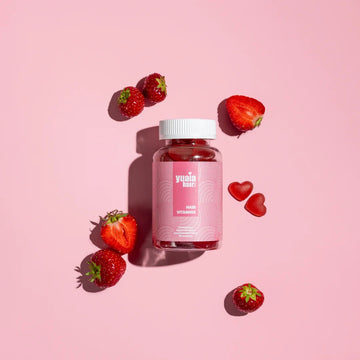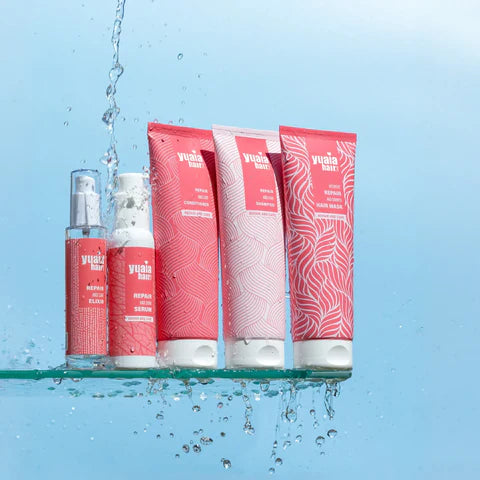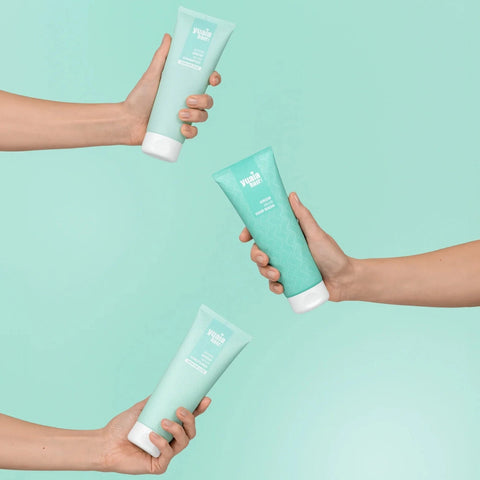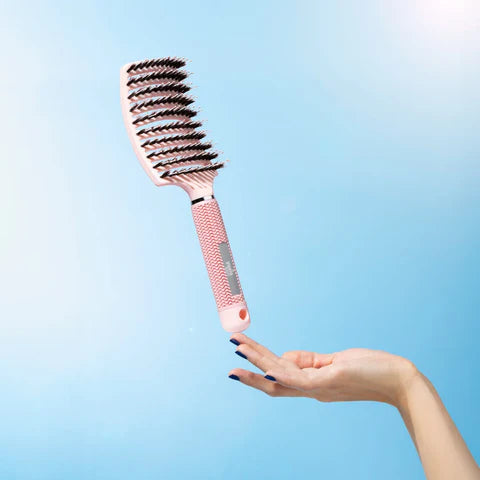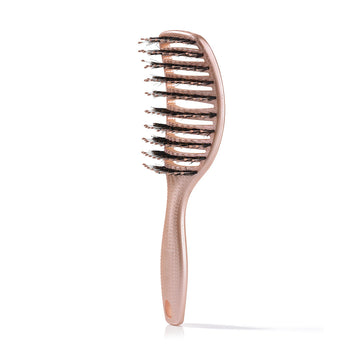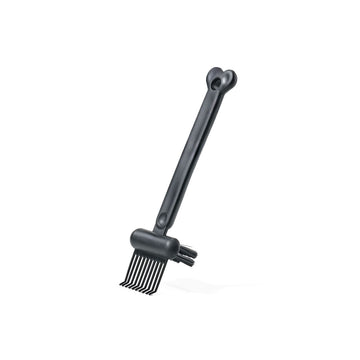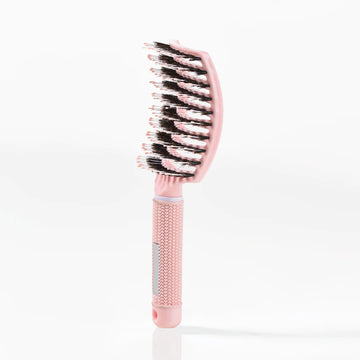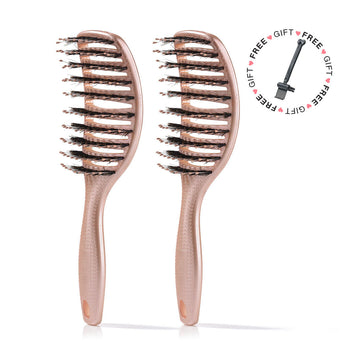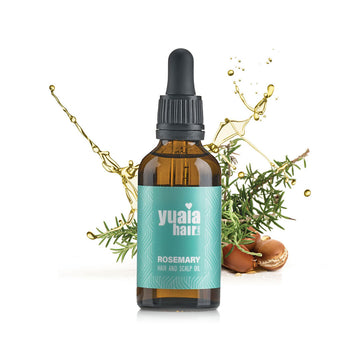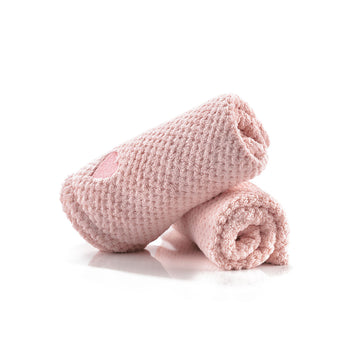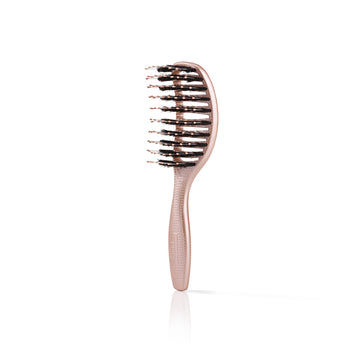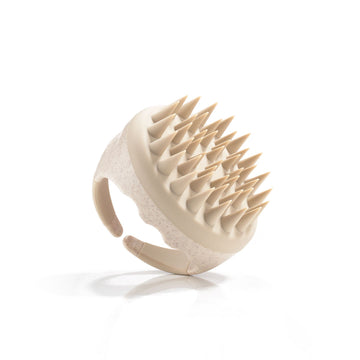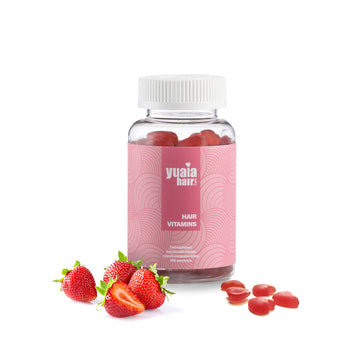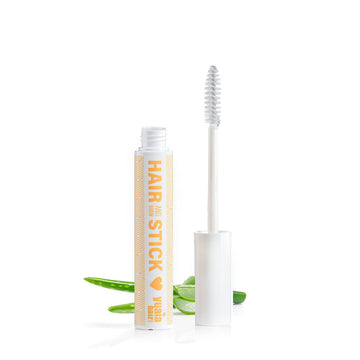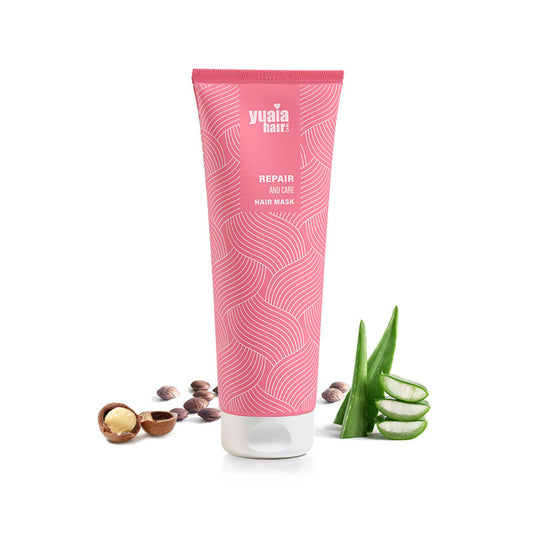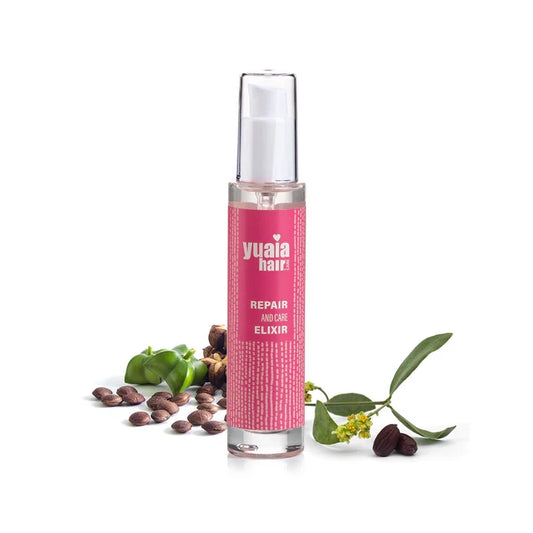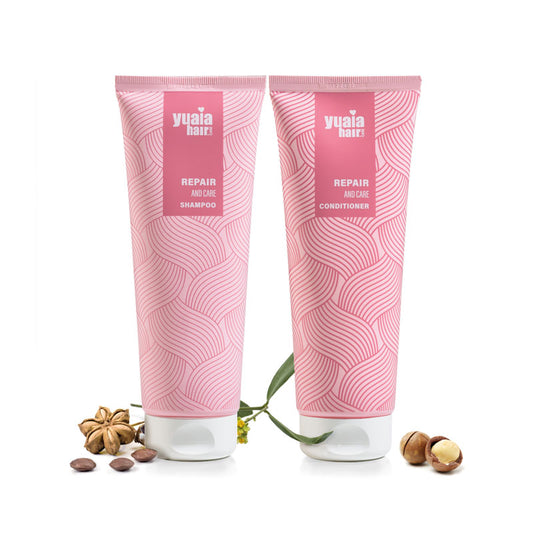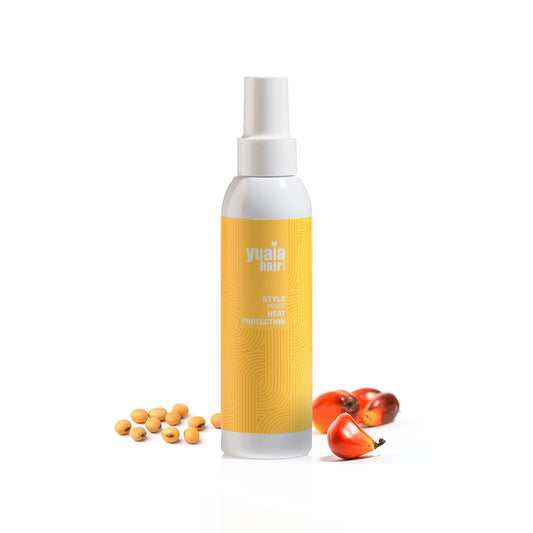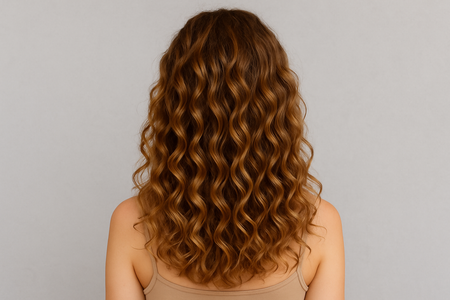
Key Ingredients and How They Work
Keratin treatments typically include keratin along with smoothing chemicals, and sometimes formaldehyde, to achieve their straightening effects. These ingredients work together to coat the hair shaft, smoothing out the cuticle and reducing frizz.
Protein treatments utilize hydrolyzed proteins such as keratin, collagen, and silk. These proteins penetrate the hair shaft to repair and strengthen the hair from within, improving its elasticity and moisture retention.
Understanding the Main Benefits
Keratin treatments offer several benefits, including reduced frizz, enhanced shine, and improved manageability. They are ideal for those looking to achieve a sleek, straight look.
- Reduces frizz
- Increases shine
- Makes hair more manageable
Protein treatments, in contrast, focus on improving the strength and health of the hair. They do not alter the hair's texture but instead work to repair damage and enhance moisture retention.
- Improves hair strength
- Enhances moisture retention
- Increases elasticity
Choosing between these treatments depends on your specific hair needs. If you are seeking to smooth and straighten your hair, a keratin treatment might be the right choice. However, if your hair is weak or damaged, a protein treatment can help restore its strength and vitality. Understanding these differences ensures you select the most suitable treatment for your hair's unique requirements.
Effect on Hair Texture and Duration of Results
The impact of keratin and protein treatments on hair texture and the longevity of their effects are significant factors to consider when choosing between them. Keratin treatments are renowned for their ability to temporarily straighten and smooth hair. This transformation is achieved through the application of keratin and smoothing agents, which coat the hair, resulting in a sleek and frizz-free appearance. The effects of a keratin treatment can last anywhere from two to six months, depending on factors like hair type and maintenance routines.
In contrast, protein treatments do not alter the hair's natural texture. Instead, they focus on strengthening and repairing the internal structure of the hair. By infusing the hair with hydrolyzed proteins, these treatments enhance its resilience and elasticity. The benefits of a protein treatment typically last between four to six weeks, after which reapplication may be necessary to maintain the improved strength and moisture retention.
Potential Drawbacks and Safety Considerations
While both keratin and protein treatments offer valuable benefits, it is important to be aware of potential drawbacks and safety considerations. Keratin treatments often involve the use of chemicals, including formaldehyde, which can pose health risks if not handled properly. Individuals with sensitive scalps or those concerned about chemical exposure should carefully evaluate the ingredients and opt for formaldehyde-free alternatives when possible.
Protein treatments, on the other hand, carry the risk of overuse. Applying protein treatments too frequently can lead to hair becoming stiff or brittle, as excess protein can disrupt the natural balance of moisture and strength. It is crucial to follow recommended guidelines for application frequency and to monitor your hair's response to ensure optimal results without adverse effects.
Who Should Use Each Treatment?
Determining which treatment is right for you depends largely on your hair type and specific needs. Keratin treatments are ideal for individuals with frizzy, curly, or unruly hair who are seeking a smoother, straighter appearance. The smoothing effects can significantly reduce styling time and enhance overall manageability.
Conversely, protein treatments are best suited for those with weak, damaged, or chemically-processed hair. If your hair is prone to breakage or lacks elasticity, a protein treatment can help restore its strength and resilience. By reinforcing the hair's internal structure, protein treatments provide the necessary support to improve hair health over time.
How to Choose the Right Treatment for Your Hair Type?
Choosing between keratin and protein treatments involves understanding your hair's specific needs and goals. If your primary concern is frizz reduction and achieving a sleek, shiny look, a keratin treatment may be the right choice. This treatment is particularly beneficial for those with curly or frizzy hair who desire a straighter appearance. On the other hand, if your hair is weak, damaged, or prone to breakage, a protein treatment can help restore strength and resilience. Assess your hair's condition and desired outcome to make an informed decision.
Maintenance Tips for Long-Lasting Results
Maintaining the benefits of keratin and protein treatments requires specific care routines. For keratin-treated hair, using sulfate-free shampoos and conditioners is essential to preserve the treatment's effects and extend its longevity. Additionally, minimizing heat styling and using a heat protectant when necessary can help maintain the smoothness and shine achieved by the treatment.
Protein-treated hair benefits from regular reapplication to maintain strength and elasticity. Incorporating moisturizing products into your routine can also help balance protein levels, preventing hair from becoming stiff or brittle. Regularly assessing your hair's condition will guide the frequency of reapplication and ensure optimal results.
Frequently Asked Questions
Can I Combine Keratin and Protein Treatments?
Yes, combining keratin and protein treatments can be beneficial, especially for those with damaged hair. Protein treatments can be used to strengthen hair before a keratin treatment, ensuring the hair is in optimal condition to receive the smoothing benefits. However, it's important to space out the treatments to avoid overloading the hair.
Are There Formaldehyde-Free Keratin Options?
Yes, there are formaldehyde-free keratin treatments available. These alternatives use different smoothing agents that still provide effective results without the potential risks associated with formaldehyde. Always check product labels or consult with a professional to ensure you choose a safe option.
How Do I Maintain My Hair’s Health Post-Treatment?
Maintaining hair health after a treatment involves using gentle, sulfate-free products and avoiding excessive heat styling. Regularly moisturizing and protecting your hair from environmental stressors will help preserve the treatment's effects. Additionally, using a microfiber towel can reduce friction and prevent damage during drying.
 2-5 day delivery
2-5 day delivery
 25.000+ satisfied customers
25.000+ satisfied customers
 Satisfaction Guarantee
Satisfaction Guarantee

